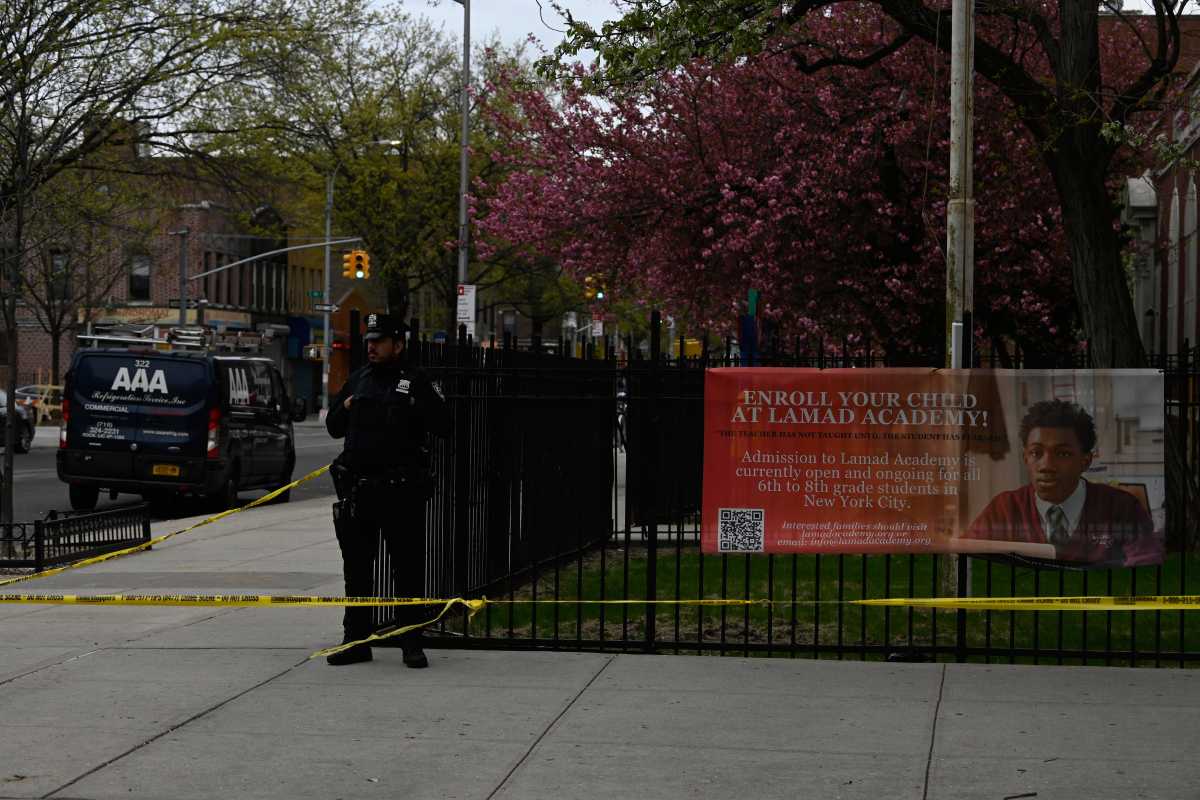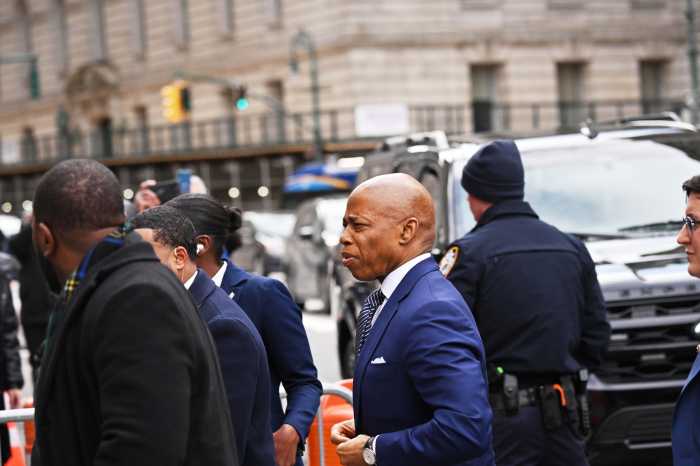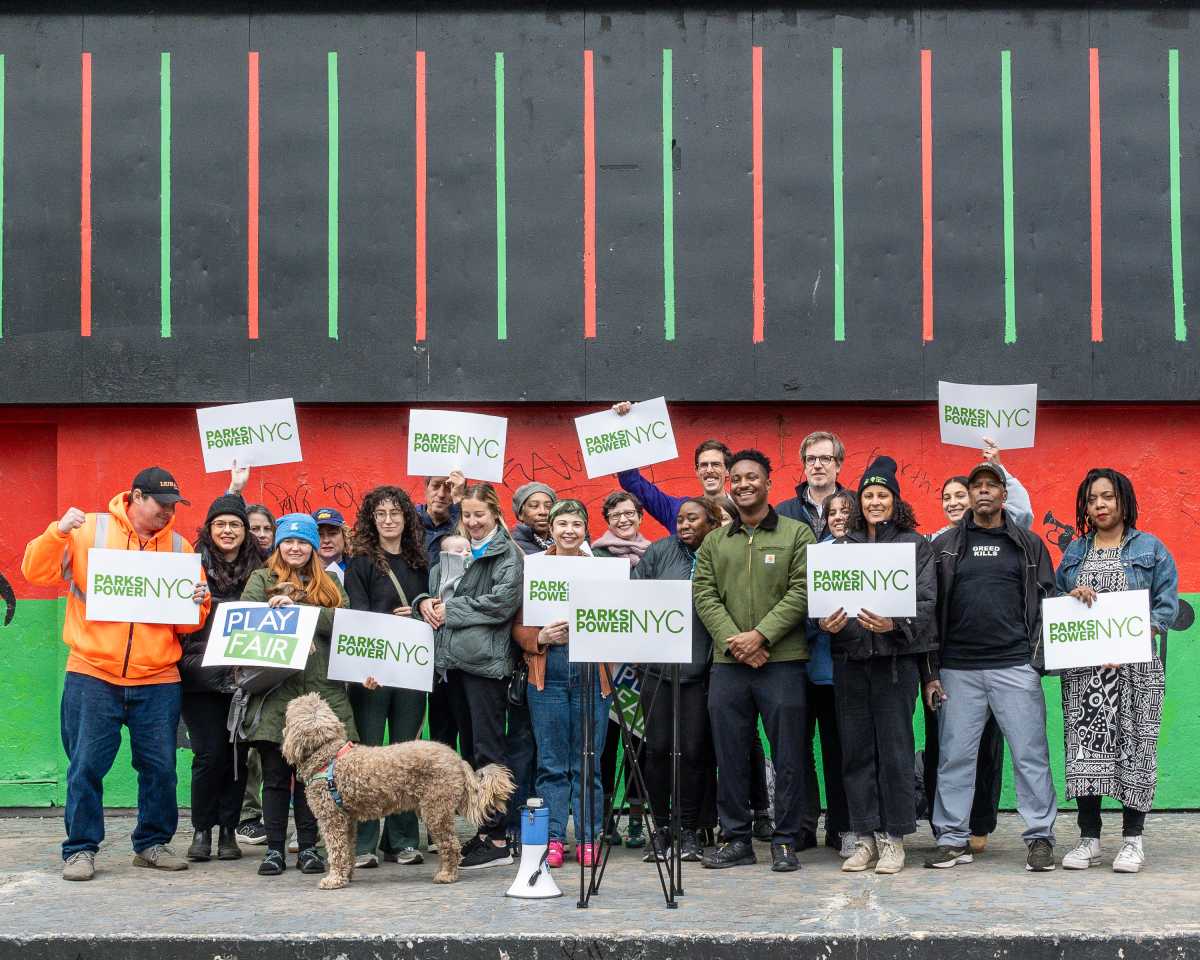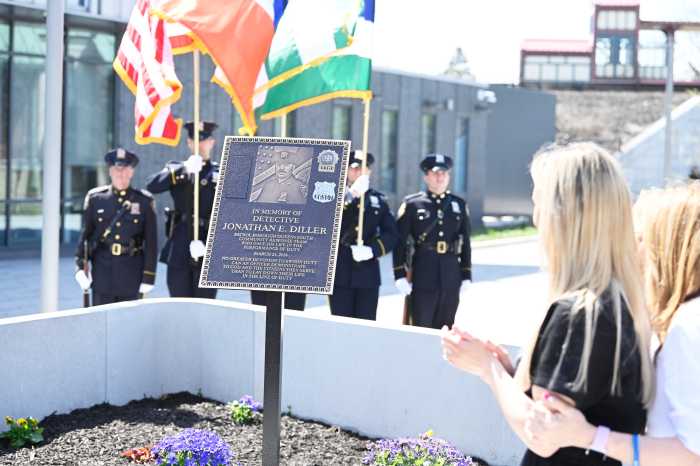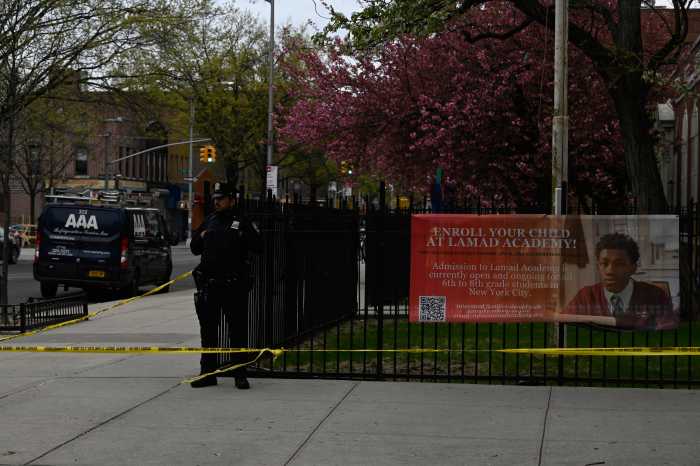
Many of New York City’s neighborhoods will be “unrecognizable” in 10 years due to transformations taking place on their waterfronts, a new analysis found.
Urban planners from home search platform Localize.city have released a report that tracks where New Yorkers can expect to see new waterfront access in the next few years.
The analysis found that the city’s ongoing waterfront transformation “is far from over.”
“For decades, New Yorkers could see but not access waterfronts, as if we were in a prison and the bars were highways or chain-link fences,” Localize.city urban planner Ryan Ng said in a statement released with the report.
“Now as waterfront development reshapes the skyline and attracts thousands of new residents to the shoreline, neighborhoods from North Brooklyn to the South Bronx will be unrecognizable in a decade,” he added.
In Brooklyn, residents can expect to see waterfront transformations at Bushwick Inlet Park, Brooklyn Bridge Park, the park under the Kosciuszko Bridge and Shirley Chisholm Park — a green space on the Jamaica Bay waterfront that opened to the public in July — according to the Localize.city report.
Manhattan has a host of projects in the works along its waterfront, including at Pier 42 on the Lower East Side, Gansevoort Peninsula in the Meatpacking District, the Sherman Creek Esplanade in Inwood and at Harlem River Park in East Harlem, where a new section “will connect the East River esplanade at East 125th Street with the Harlem River Esplanade,” the report says.

On Staten Island, the St. George waterfront is currently undergoing a transformation. A new mall called Empire Outlets opened next to the ferry terminal this past spring, and plans for the “Lighthouse Point” project on the other side of the terminal include an “urban beach,” according to the report.
In Queens, waterfront spots in Long Island City like Anable Basin — where Amazon had planned to build its HQ2 headquarters — could eventually see development as well, the report notes.
And in the Bronx, a waterfront development known as Bronx Point in the Lower Concourse neighborhood is slated to have features including a “landscaped esplanade.” In Port Morris, meanwhile, a pair of “former shipping piers … are being transformed into waterfront parks with recreational areas,” the report adds.
Aaron Ghitelman, the manager of public relations and communications at Localize.city, said the report’s findings show that waterfront transformation is happening “everywhere across New York.”
“You’re not just seeing this happen in Manhattan; you’re not just seeing this happen in wealthy areas,” he said. “All New Yorkers deserve the ability to have a calm and serene day on the waterfront.”
Waterfront Alliance president and CEO Roland Lewis, meanwhile, said that increased waterfront access and development creates “economic vitality.”
“I think in a generation’s time, people will move to New York not just for Broadway, and the hustle and bustle of the city, but for the amazing variety and excitement that the water brings,” he said.
“People will recognize this gem of a waterfront as something that’s special and unique and part of the great character of this city.”
Open space and parkland, Lewis noted, are “great buffers” in the face of climate change.
When Empire Outlets opened, Lt. Gov. Kathy Hochul in a release noted that the developers “incorporat[ed] resiliency into the design” of the structure.
In a report titled “Design and Planning for Flood Resiliency: Guidelines for NYC Parks,” meanwhile, the city’s Parks Department noted that “[c]oastal concerns and environmental goals for [Bushwick Inlet Park] facilitated a design that withstood flooding in the face of [superstorm] Sandy, even though the park was still in construction when the storm made landfall in October 2012.”
“Sandy is not a distant memory, and recognizing that we need to actually adapt this coastal city to the realities of climate change… [is] going to mean sometimes fortifying or changing some coastlines to either allow water in, or to absorb it, or to block it,” Lewis said. “I think with intelligent planning and investment … we can have a resilient, protective shoreline that is fun and usable the 99 percent of the time when it’s not storming, and strong and smart at the times when the storms do come.”




